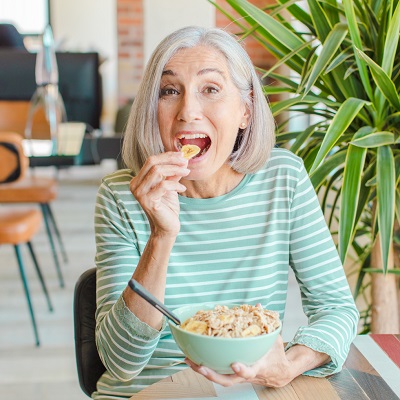Grain Free
 There are numerous people who want to improve their diet this year. One of the best ways to improve your health and nutrition is to eat healthy and natural food options. Few people eat healthy food at every meal. Instead, people are so busy that they eat processed food from restaurants.
There are numerous people who want to improve their diet this year. One of the best ways to improve your health and nutrition is to eat healthy and natural food options. Few people eat healthy food at every meal. Instead, people are so busy that they eat processed food from restaurants.
Eliminating grains from your diet is a magnificent choice for some people. Although everyone does not need to eliminate grains, there are definitely some benefits for people who struggle with various health issues.
People with Inflammation
One of the most common issues in the body is high levels of inflammation. There are many people who have this problem but do not even know it. If you feel constantly stressed, this is a form of inflammation within the body. Continue reading
 Many people don’t realize that a grain-free diet can actually improve their health drastically. From cramping limbs to pulsing headaches, the solution is more complicated than just taking a pill or increasing exercise. Sometimes it’s a matter of cutting grains and other potentially toxin foods out of your diet.
Many people don’t realize that a grain-free diet can actually improve their health drastically. From cramping limbs to pulsing headaches, the solution is more complicated than just taking a pill or increasing exercise. Sometimes it’s a matter of cutting grains and other potentially toxin foods out of your diet.
It can lead to amazing health benefits and prevents auto immune diseases from getting out of control. Here is a list of signs that you may need to go grain-free.
1 – Skin Problems
A surprising number of skin conditions are caused by eating grains. Acne, for example, is often caused by eating foods that trigger hormones. All grains increase blood sugar–which in turn increase hormonal levels. These unnaturally increased hormones can lead to skin rashes like acne. Continue reading






